Overview
- Features: Old working tea factory converted to museum
- Opening Times: 10am to 4pm, (Tue-Sun)
- Best Time to Visit: Any time of the year
- Duration: 1 to 2 hours
- Travelled By: Private car
- Cost: Adult/child Rs 75/25
- Address: Nallathanni Estate, Munnar, Kerala, India
- Type: Museum
Author Reviews[display_rating_item_results rating_form_id=”2″ rating_entry_ids=”1″ show_category_filter=”false” show_options=”true” result_type=”star_rating” preserve_max_rating=”true” show_title=”false” show_count=”false” ]
Total Rating: [display_rating_result rating_form_id=”2″ show_count=”false” show_rich_snippets=true] [accordions load=”1″] [accordion title=”User Reviews” last] [display_rating_item_results rating_form_id=”5″ show_options=”true” result_type=”star_rating” preserve_max_rating=”true” show_title=”false” show_count=”true” show_rich_snippets=true] [/accordion] [accordion title=”Add Review”][display_rating_form show_email_input=”true” show_comment_textarea=”true” show_name_input=”true” rating_form_id=”5″] [/accordion] [/accordions]
Summary
Munnar is very famous for its endless tea plantations and what better way to learn about this industry than to visit the Tea Museum Munnar located around 1.5 km north of town. This is about as close as you’ll get to a working tea factory around Munnar. It has a heap of artifacts, curios and photographs to help conjure something of the lives of the men who opened up the High Ranges to tea.
Tea Museum Munnar
Munnar is very famous for its endless tea plantations and what better way to learn about this industry than to visit the Tea Museum Munnar located around 1.5 km north of town. This is about as close as you’ll get to a working tea factory around Munnar. It’s a slightly sanitised version of the real thing, but it still shows the basic process.
The museum set up at the Nallathanni Estate of Tata Tea in Munnar is a fitting tribute to the toils and rigours of its pioneers, who showed utmost determination and were resolute in their efforts to transform Munnar into a major plantation centre of Kerala. First set up by Tata Tea, it is owned by Kanan Devan Hills Plantations Company (KDHP) since 2005 when Tata Tea exited most of its plantations in Munnar. Having created an exemplary plantation model, KDHP is the first ever employee owned plantation company in India and nearly all its employees are shareholders. With seven extensive tea gardens covering an area of 24,000 hectares, 16 tea manufacturing units with an annual production of 22 million kilograms of tea and close to 12,000 employees, KDHP is today the largest tea company in South India.
[singlepic id=1100 w=720 h=560 float=center]
The Tea Museum Munnar has a heap of artefacts, curios and photographs to help conjure something of the lives of the men who opened up the High Ranges to tea. It diligently portrays the growth of Munnar tea estates, veritably conveyed through some of the displays like the rudimentary tea roller to the modern fully automated tea factory. Visitors to the museum can satiate their curiosity on various stages of tea processing, and also learn a thing or two about the production of black tea.
[singlepic id=1089 w=720 h=560 float=center]
[singlepic id=1098 w=720 h=560 float=center]
[singlepic id=1099 w=720 h=560 float=center]
[singlepic id=1093 w=720 h=560 float=center]
The crop has grown here for over a century so some of the attention grabbing items on display here include the original tea roller, the ‘Rotorvane,’ dating back to 1905, used for CTC type tea processing; the ‘Pelton Wheel’ used in the power generation plant that existed in the Kanniamallay estate in the 1920s; a rail engine wheel of the Kundale Valley Light Railway that shuttled men and material between Munnar and Top Station during the first half of the last century.
[singlepic id=1096 w=720 h=560 float=center]
A sundial, placed on a granite block, which was made in 1913 by the Art Industrial School at Nazareth, Tamil Nadu, greets every visitor to the Tea Museum. At the museum, if one is curious to locate an item with some antiquity, then the burial urn from the second century BC, which was found near Periakanal Estate tops the list.
A section of the Tea Museum also houses classic bungalow furniture, typewriters, wooden bathtub, magneto phone, iron oven, manual calculators and EPABX of the1909 telephone system.
[singlepic id=1094 w=720 h=560 float=center]
[singlepic id=1092 w=720 h=560 float=center]
In order to familiarise the visitors with the local customs and history of tea plantations in Munnar, the museum has also a room for video screenings.
[singlepic id=1101 w=720 h=560 float=center]
The Tea Museum also has a shop at the back of the museum from where visitors can purchase tea products under the ‘Ripple’ brand.
As part of your entrance ticket, you also get a cup of hot cardamom tea from the counter outside the museum. If you like it, you can purchase it from the shop.
[singlepic id=1102 w=720 h=560 float=center]
[singlepic id=1090 w=720 h=560 float=center]
Adjacent to the museum is the tea processing unit. You can visit the factory as well, with permission. You can see the tea pickers busy with their job of picking the tea leaves and can also meet a few of them on the way.
Getting to & from the Tea Museum
The Tea Museum Munnar is located 1.5 km from the centre of town so it is possible to walk here. Alternatively, if you’ve hired a private car or jeep for the day, you can start your tour here or stop here in the afternoon on your way back.


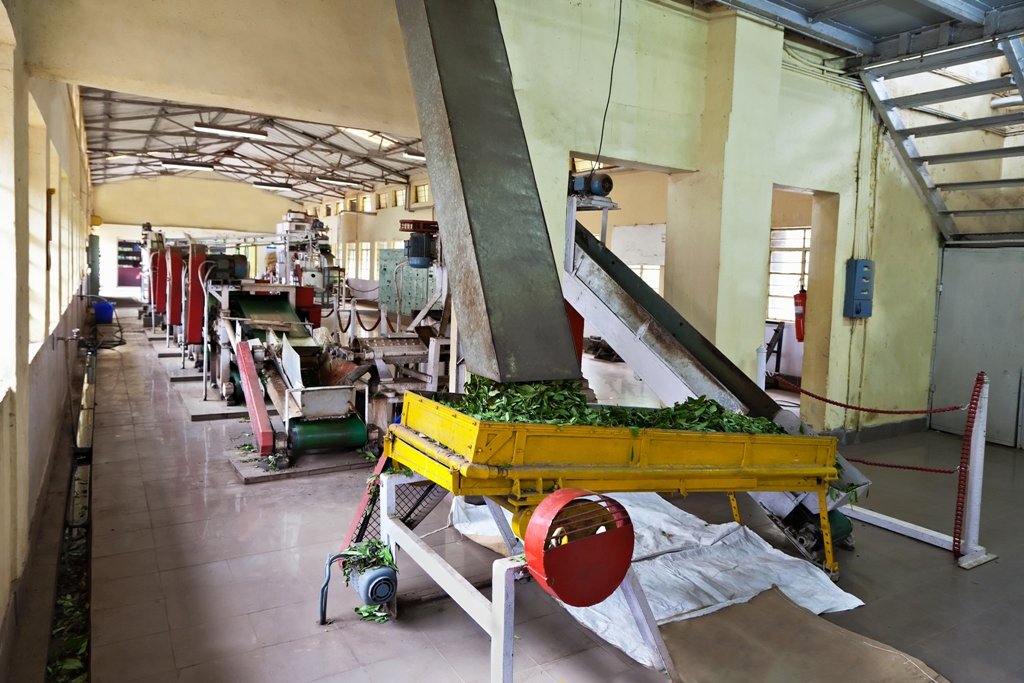
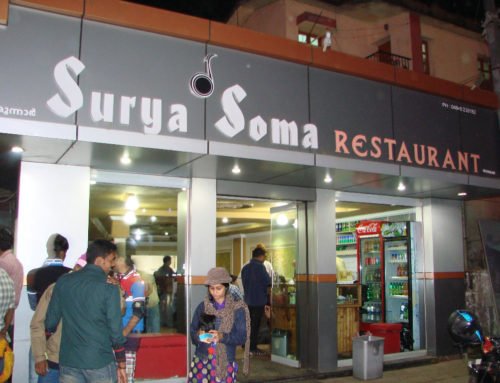
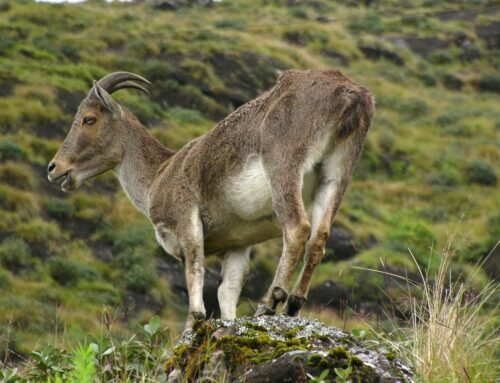

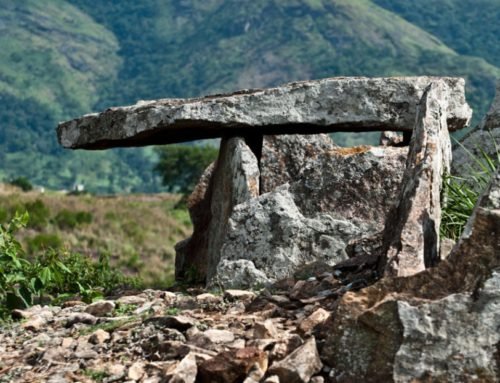
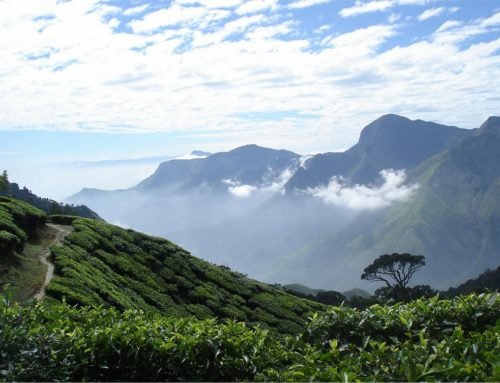
Is the Tea Museum really worth visiting? The national parks sound much better.
The national parks are better but if you like tea, it is worth the visit.